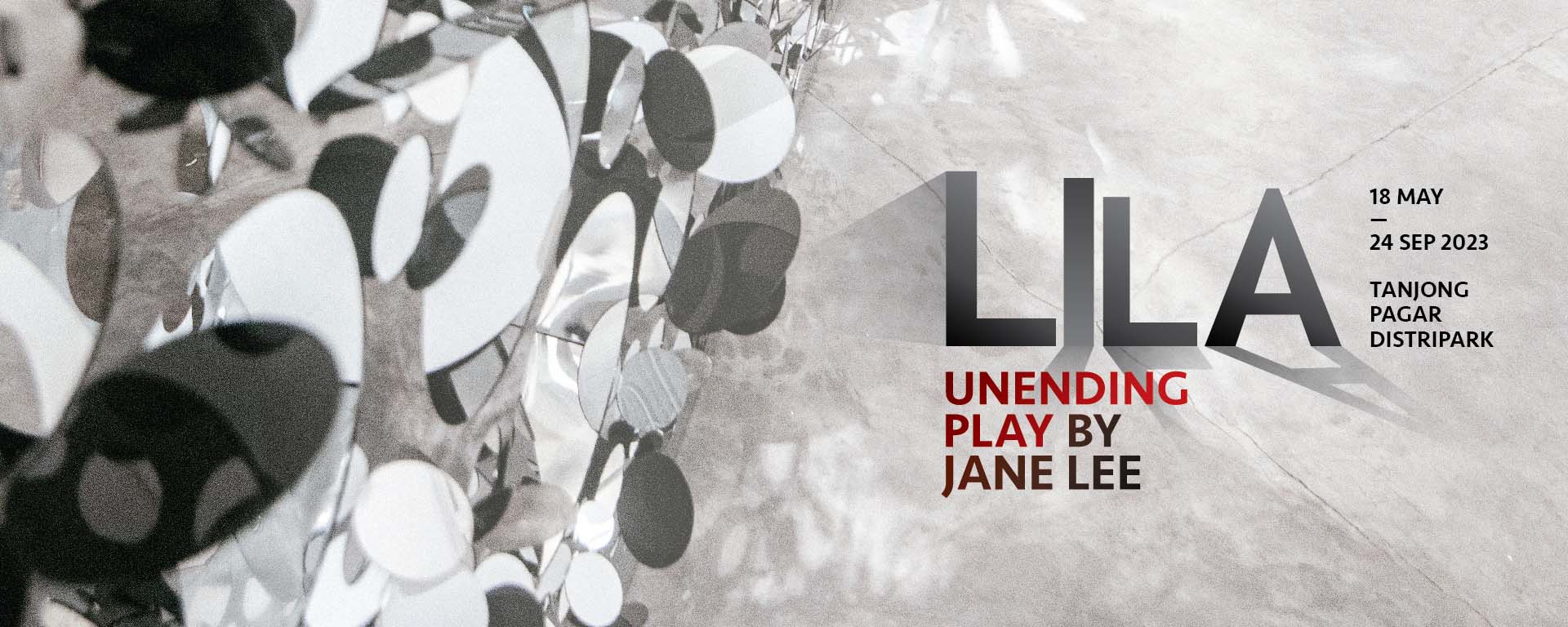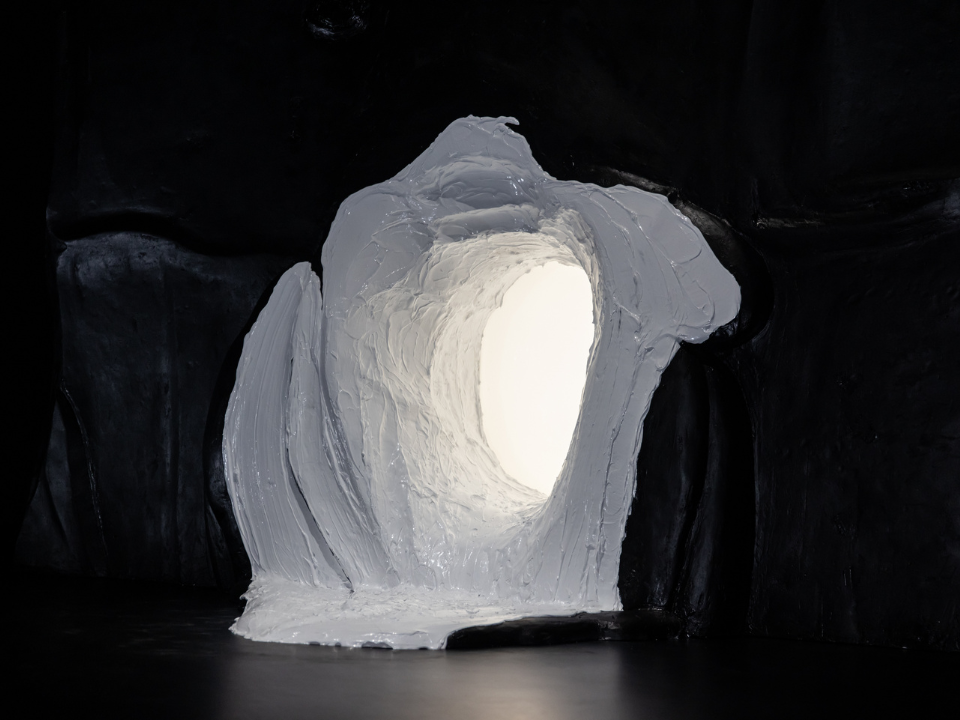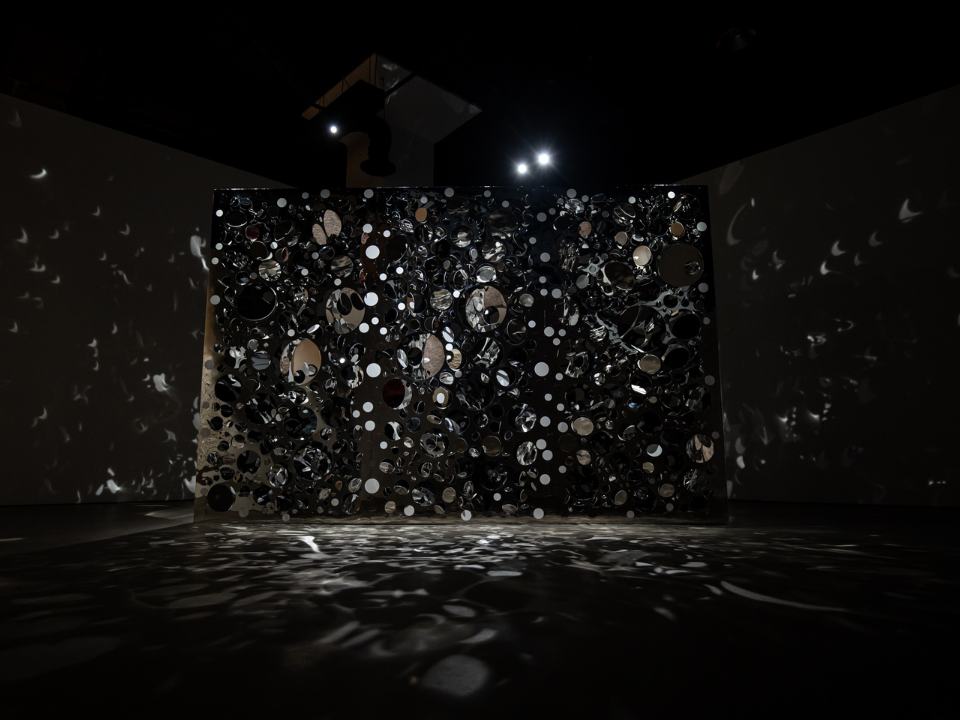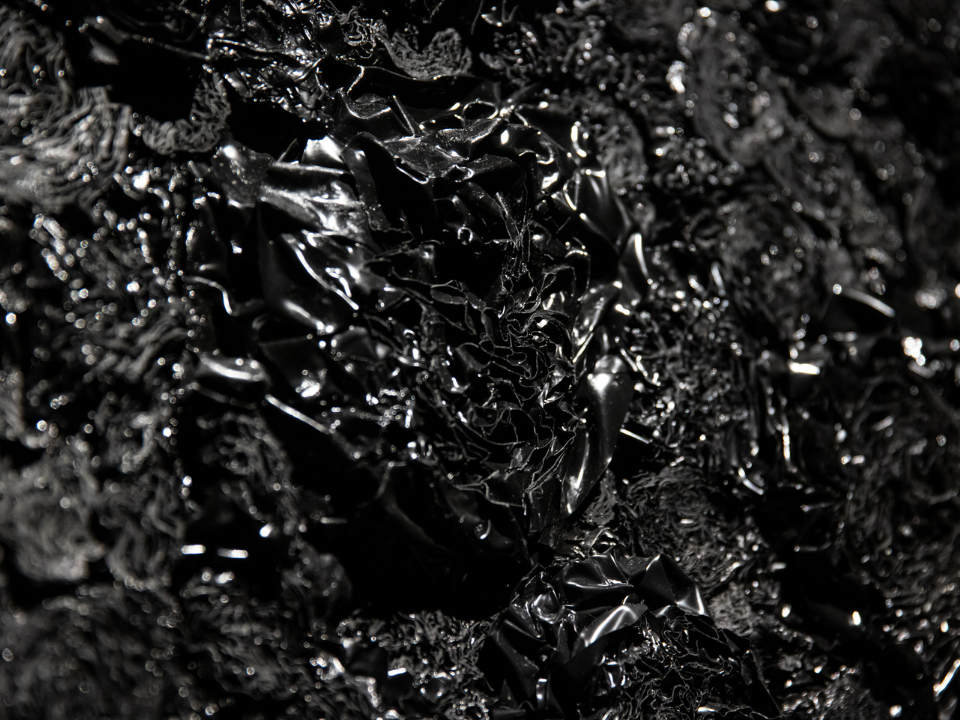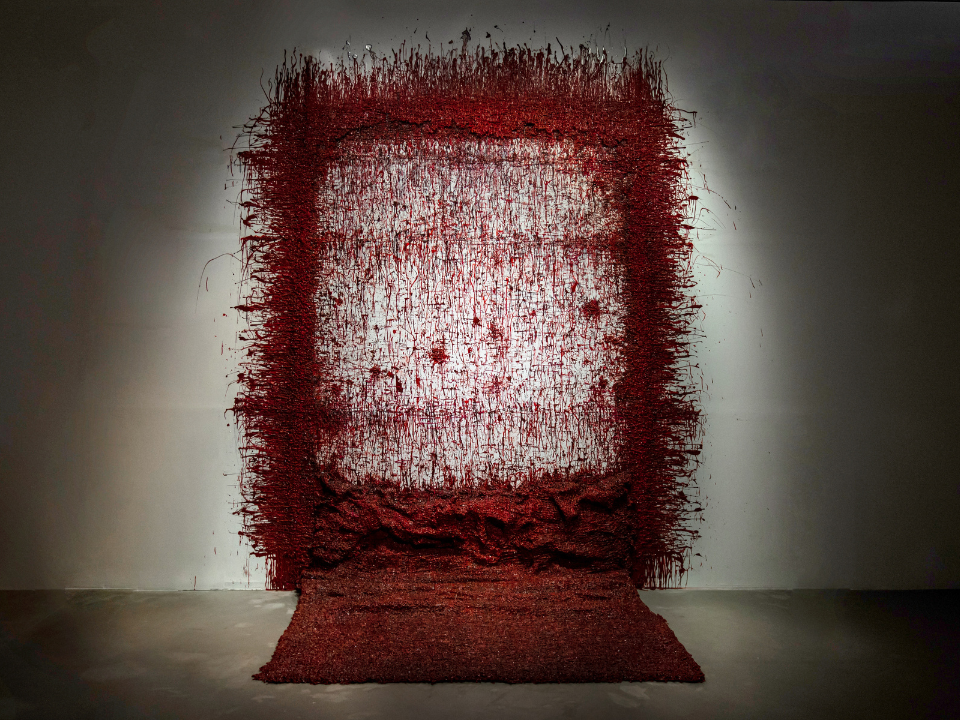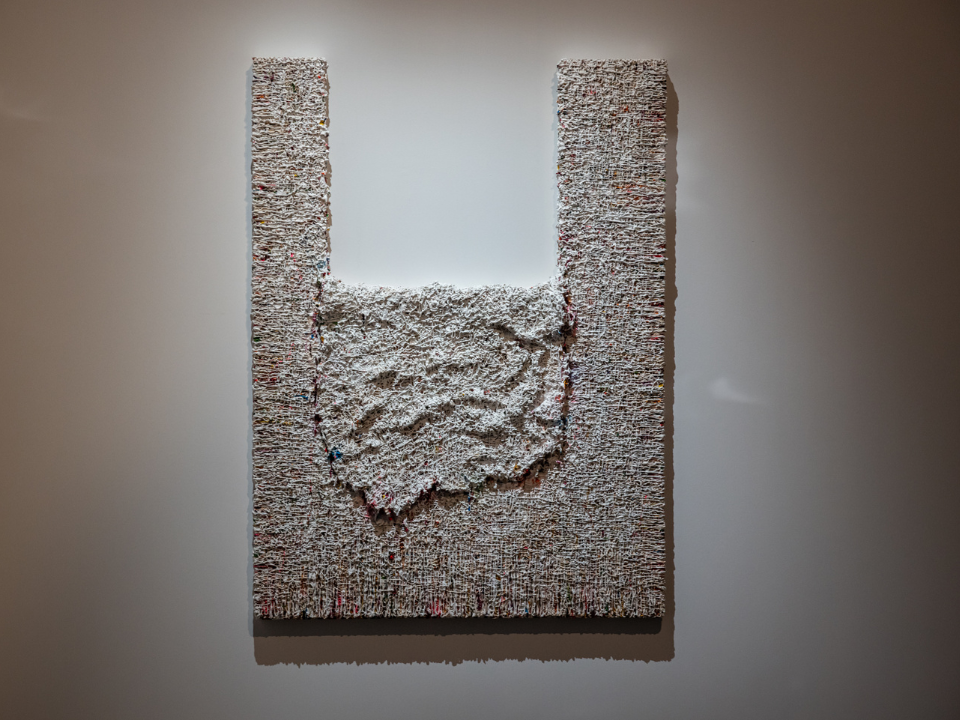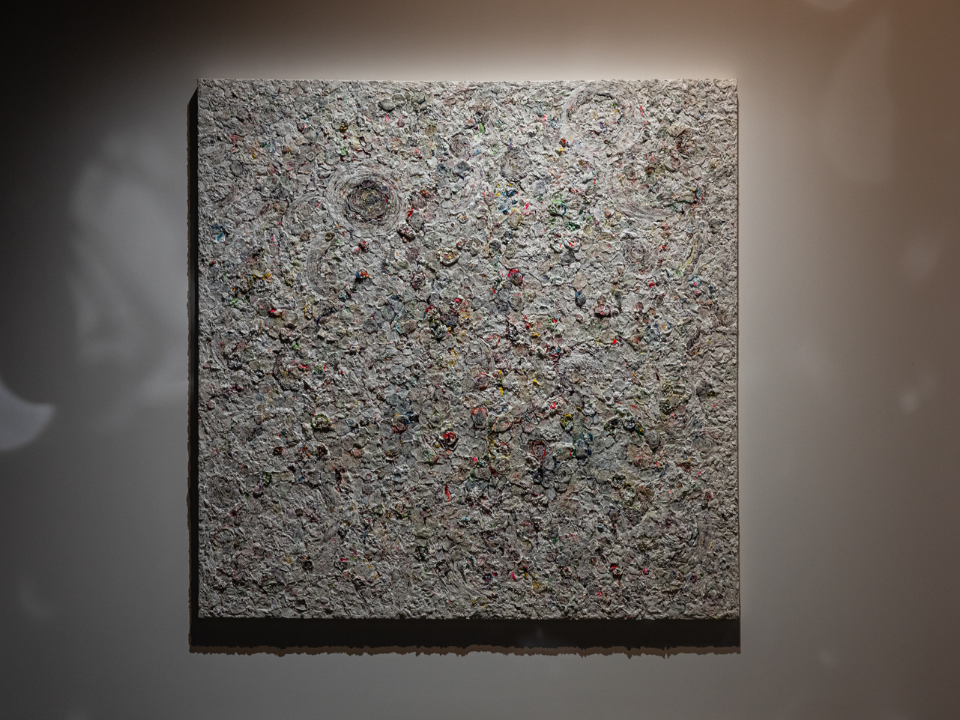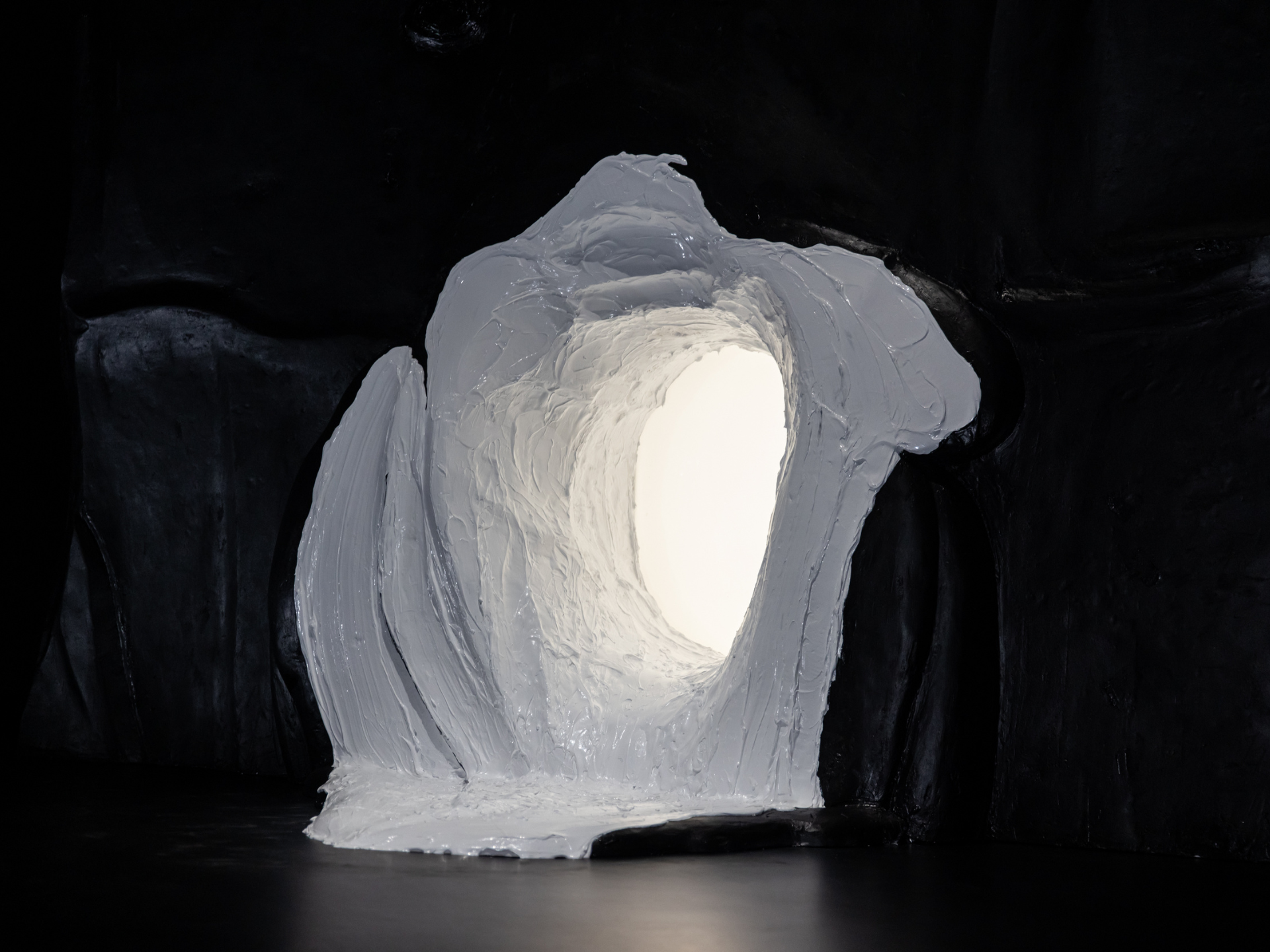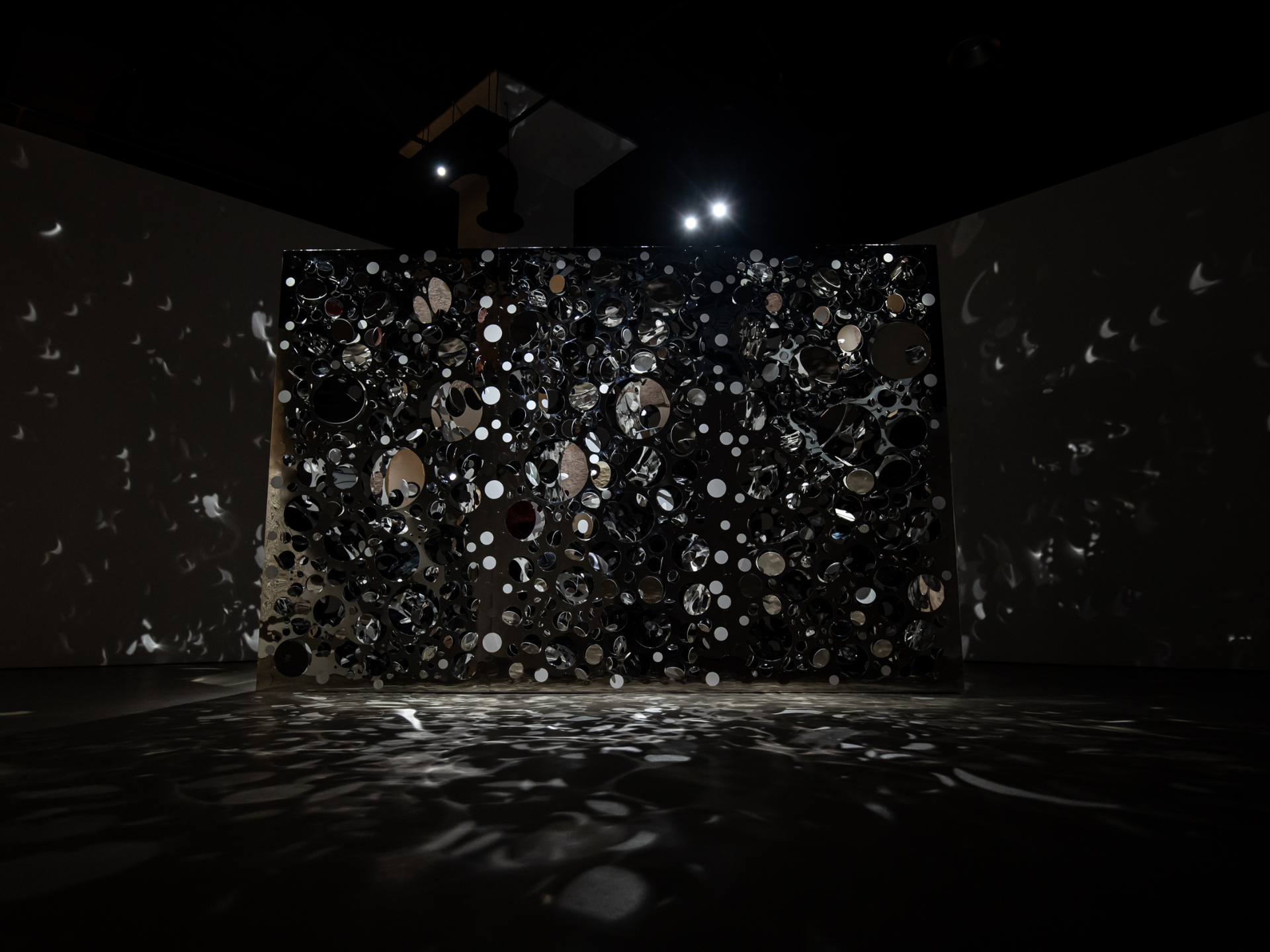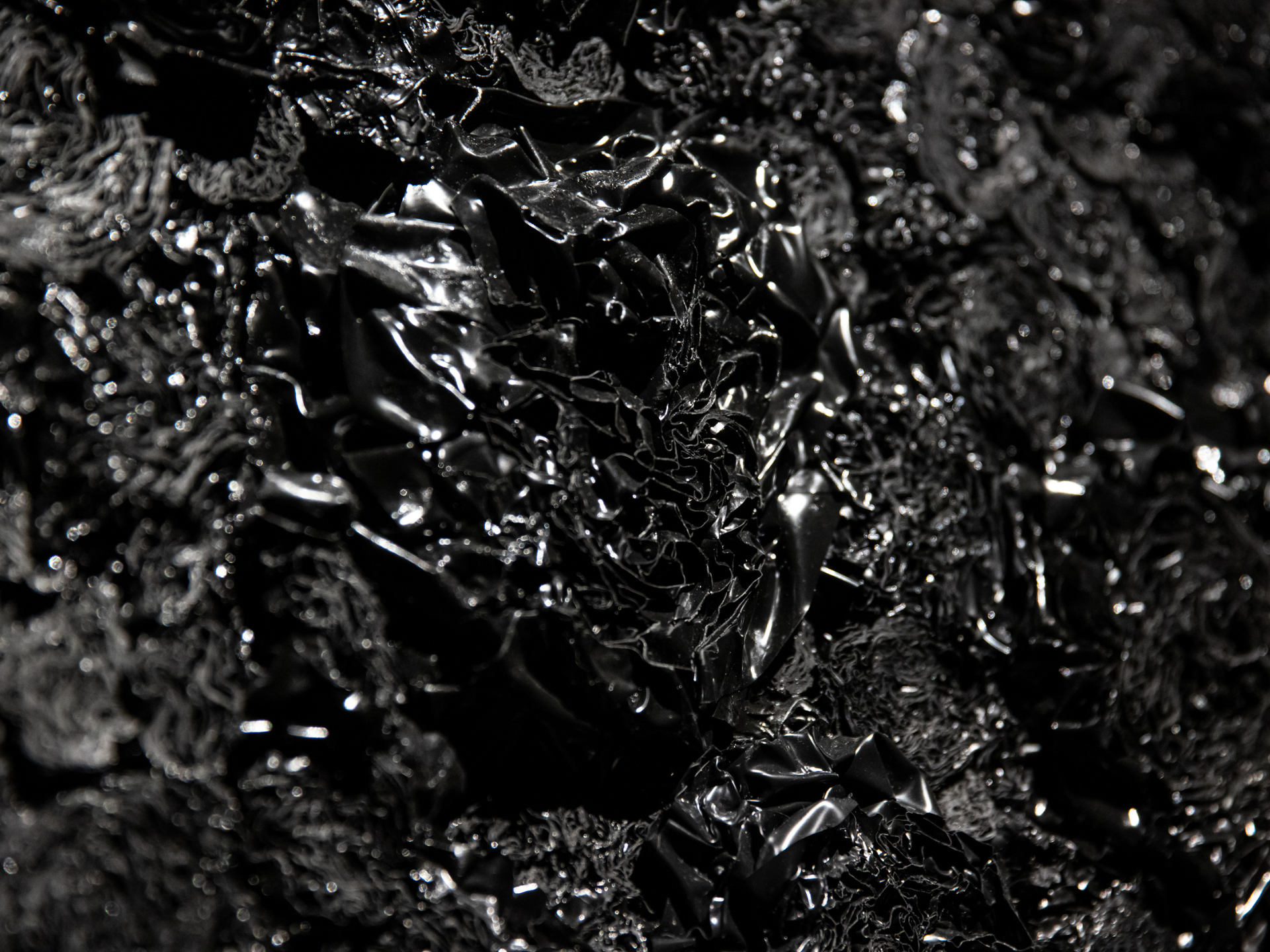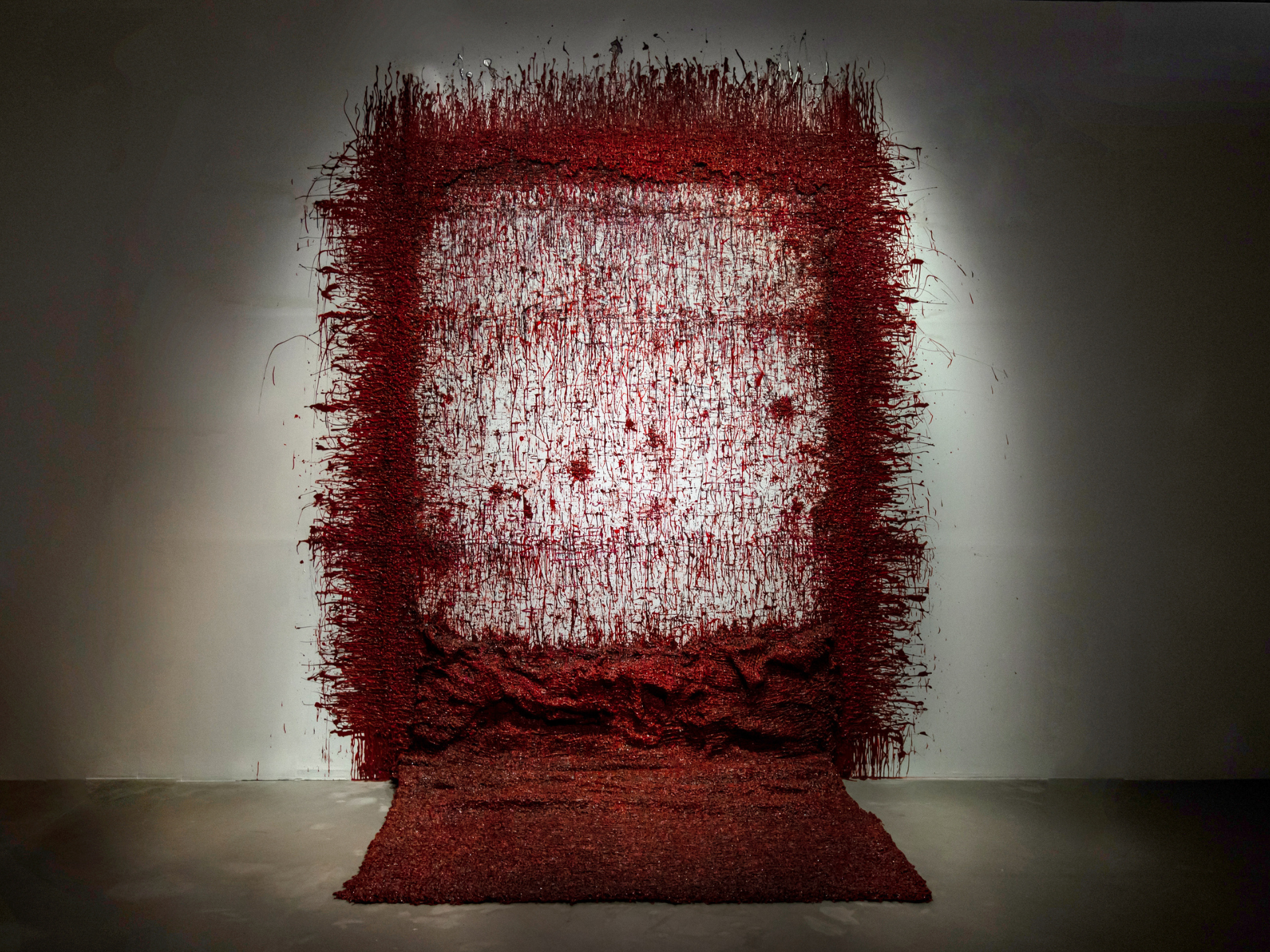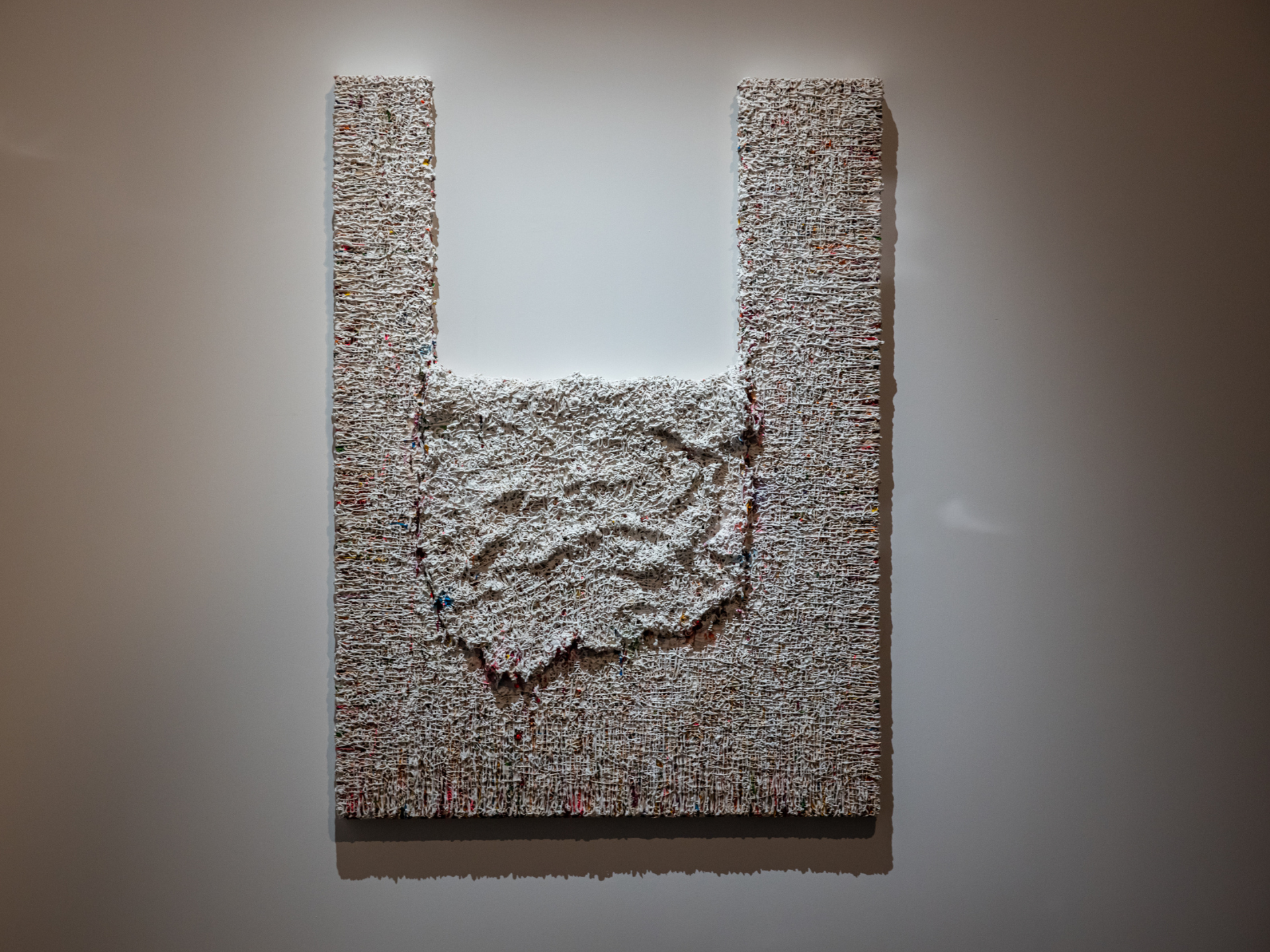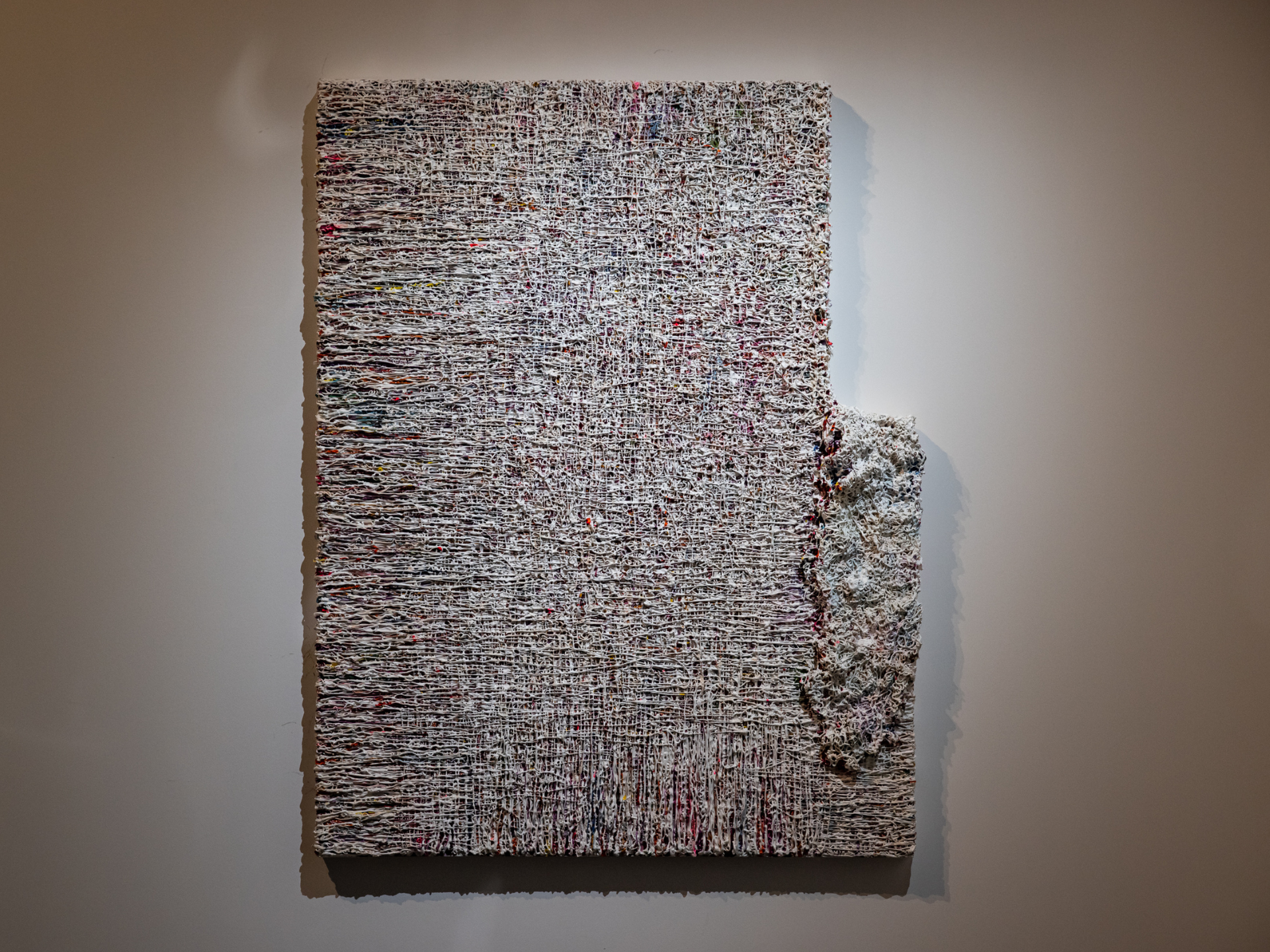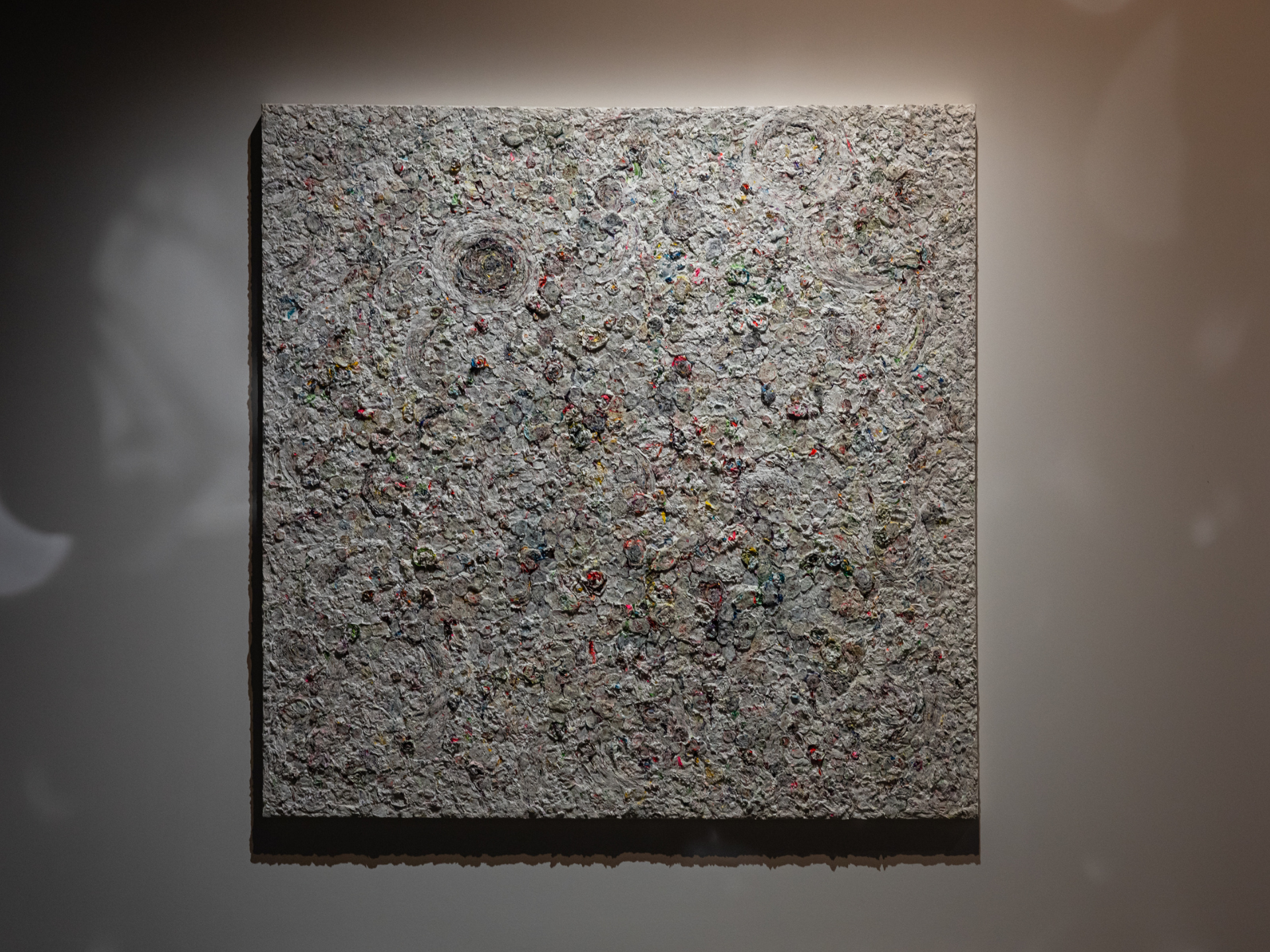10AM–7PM
Gallery 1, SAM at Tanjong Pagar Distripark
General Admission (Free for Singaporeans and PRs)
Journey with Jane Lee on her unending quest to discover play and spontaneity in paintings
Exploring what painting is and its relevance to contemporary art is core to Jane Lee’s practice. Trained in the classical style of painting, her exploration of the medium is as much art historical as it is personal. For the artist, the search for the nature of painting is also a seeking of her own identity, which is shaped by her experiences and influences living and working in Southeast Asia.
Lee’s works are richly layered, highly tactile canvases, which reflect her experiments with materials and techniques inspired by everyday gestures (cutting, washing, rolling, scooping, etc.), common items (piping bags, scrapers, syringes, etc.) as well as the characteristics and properties of the basic components of painting (canvas, stretcher, paint).
Spontaneity, chance and play underpin Lee’s painting process.
Canvases and built-up layers of paint are allowed to fall off, be torn off, droop to the ground or pierce through walls, extending the space of painting to its immediate surroundings.
Lila: Unending Play by Jane Lee expands the possibility of what an exhibition of painting could be and embodies playfulness, not just in the works themselves but in the spatial relationship between the viewer and the works. The exhibition continues Lee’s exploration of what painting is and could be: as surface, object, body or interplay of spaces and sensations.
Image credit: Courtesy of Yogya Art Lab
Limited Edition Tote Bags
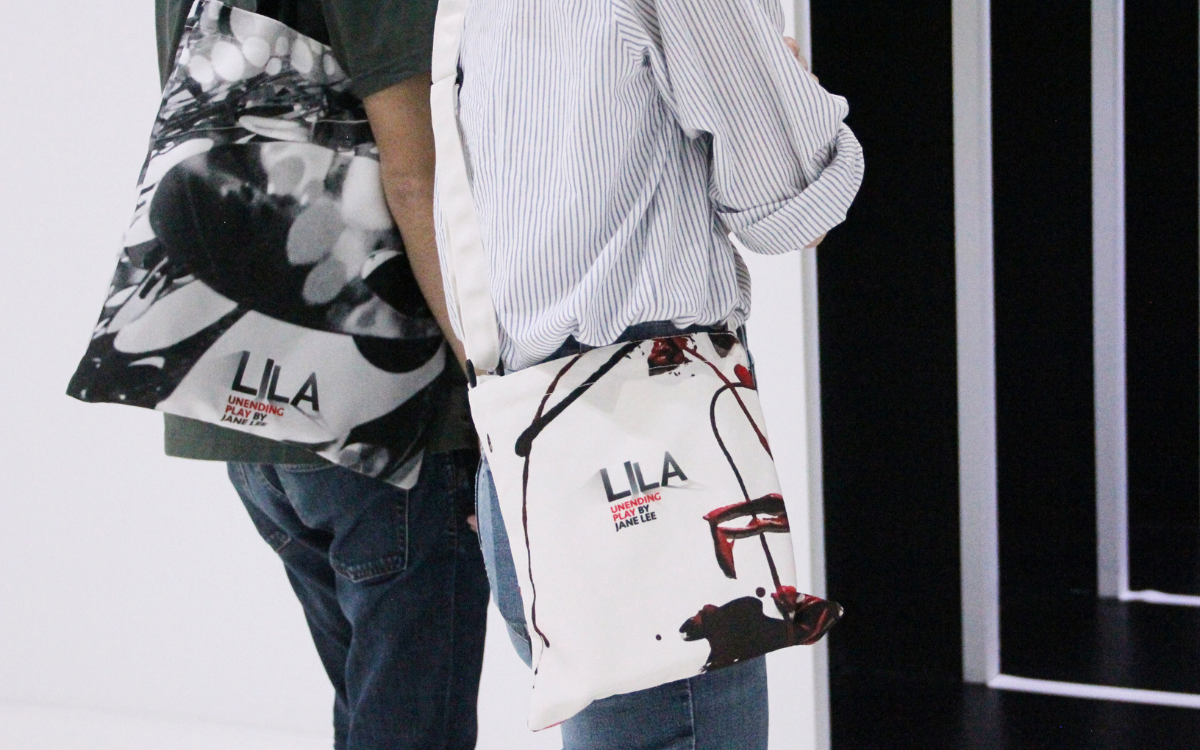 Introducing our newest collection of limited-edition tote bags inspired by Lila: Unending Play by Jane Lee and SAM Contemporaries: Residues & Remixes. Collect them all! Exclusively available at SAM located in Tanjong Pagar Distripark. Hurry, as stocks are limited.
Introducing our newest collection of limited-edition tote bags inspired by Lila: Unending Play by Jane Lee and SAM Contemporaries: Residues & Remixes. Collect them all! Exclusively available at SAM located in Tanjong Pagar Distripark. Hurry, as stocks are limited.
Jane Lee is best known for her material and conceptual explorations of the practice of painting. Her works are often richly layered and possess physical and visual heft, making them akin to sculpture. Moving beyond the usual painterly gestures and tools, everyday movements and processes are embodied in her works. Many of her paintings seem to be in motion: they fall, unroll, hang or slide. To Lee, painting comprises not only of paint applied on surfaces and within defined edges but also what permeates into the space surrounding it. This interest in the spatiality of painting has led her to experiment with new materials of painting, including clay, cement and stainless steel.
artworks
2023
The artist searches for the essence of life and of “life in painting” in this body of works, testing the limits of what is considered painting and where it may exist. In these works, space, light, reflection and shadows are the mediums and their appearance shifts with the viewers’ moving bodies and wandering gaze. Installed in a series of rooms, the objects on view—what would normally be considered the entirety of the artworks—recede into the shadows. Only the most perceptive viewer would discover the rich, painterly surfaces, characteristic of the artist's oeuvre. These “paintings” resist reproduction and documentation as they are defined by the immediacy of experience and a corporeal relationship between the artwork and the viewer.
2023
The artist searches for the essence of life and of “life in painting” in this body of works, testing the limits of what is considered painting and where it may exist. In these works, space, light, reflection and shadows are the mediums and their appearance shifts with the viewers’ moving bodies and wandering gaze. Installed in a series of rooms, the objects on view—what would normally be considered the entirety of the artworks—recede into the shadows. Only the most perceptive viewer would discover the rich, painterly surfaces, characteristic of the artist's oeuvre. These “paintings” resist reproduction and documentation as they are defined by the immediacy of experience and a corporeal relationship between the artwork and the viewer.
2023
The artist searches for the essence of life and of “life in painting” in this body of works, testing the limits of what is considered painting and where it may exist. In these works, space, light, reflection and shadows are the mediums and their appearance shifts with the viewers’ moving bodies and wandering gaze. Installed in a series of rooms, the objects on view—what would normally be considered the entirety of the artworks—recede into the shadows. Only the most perceptive viewer would discover the rich, painterly surfaces, characteristic of the artist's oeuvre. These “paintings” resist reproduction and documentation as they are defined by the immediacy of experience and a corporeal relationship between the artwork and the viewer.
2009
Collection of Singapore Art Museum
Made when Lee participated in Singapore Biennale 2008 with her first large-scale painting titled Raw Canvas, Status represents Lee’s reflections on contemporary art practices at the time, when major international exhibitions seemed to favour installations and other emerging mediums of art. As the only painter included in Singapore Biennale 2008, Lee questioned the “status” of painting and attempted to locate this longstanding practice within the field of contemporary art with the gesture of pulling off the painting’s surface.
In Status, Lee meticulously weaves paint into a large, luxurious textile. Challenging the conventional perception of painting as a framed, two-dimensional object, its surface is peeled off the wall and allowed to droop, piling up on the floor as if it is a surplus of representation. Still, the work clings to the wall, refusing to let go of its status as a “painting,” as an image. Here, the work symbolises resistance to the fetishisation of a finished picture and liberation from the limitations of painting. Stripped of its centre, what remains of the painting is a void but also a space for boundless signification.
2011
Collection of Singapore Art Museum
The paint in The Object I and The Object II has escaped its canvas to become a physical entity, demanding to be approached from different angles and perspectives. The works explore how painting is commonly perceived as a two-dimensional mode of representation and expression. The act of “tearing off” a section of the “canvas” challenges our assumptions of what makes a picture by granting it corporality. It is this “body” of paint that gives the artworks a sensuous quality and adds complexity to the richly built-up, multidimensional surfaces, subtle tones and textural variations.
2011
Collection of Singapore Art Museum
The paint in The Object I and The Object II has escaped its canvas to become a physical entity, demanding to be approached from different angles and perspectives. The works explore how painting is commonly perceived as a two-dimensional mode of representation and expression. The act of “tearing off” a section of the “canvas” challenges our assumptions of what makes a picture by granting it corporality. It is this “body” of paint that gives the artworks a sensuous quality and adds complexity to the richly built-up, multidimensional surfaces, subtle tones and textural variations.
2011
Istana Art Collection
“Works in my Fetish series were created using dry paint skin, a discovery I made when I was cleaning my palette one day and managed to pull out thick layers of dry paint residue from my palette. I thought that was beautiful and unexpected. I later recreated the residue and rolled them into tiny rosettes, cut and sliced them like onions, and reattached them onto the canvas. This is a process of construction, deconstruction and reconstruction.” —Jane Lee
Fetish, one of Lee’s best-known series, features resplendent textures and colours composed of dried paint which is cut, rolled and shaped. Beginning in 2009, these experiments with paint in different states—liquid, solid, congealed—freed her from the boundaries of the frame and prompted her to work more spontaneously with the space in which paintings are situated. This allowed her to develop a sculptural and spatial practice within her painting practice.
all resources

